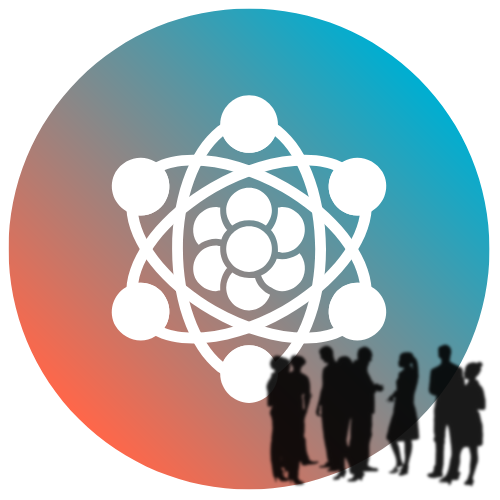The best conversations are the ones that never need to happen. In business communication, that paradox is becoming reality. Artificial intelligence is teaching VoIP systems to recognize intent, interpret emotion, and resolve issues before a customer ever dials in. Welcome to the age of predictive communication — where calls aren’t just answered faster, they’re anticipated.
The shift from reactive to proactive communication
For decades, communication tools have been reactive. A phone rings, someone answers. A ticket opens, someone replies. Even the best systems measured success by response time. But AI is flipping that logic.
Predictive communication uses behavioral data, historical records, and contextual signals to forecast needs before they’re voiced. It’s the same principle that drives predictive maintenance in manufacturing or fraud alerts in banking — only here, the raw material is human interaction.
If a customer’s billing data, web visits, and previous support logs suggest confusion about an upgrade, a system can flag it early. Instead of waiting for frustration to escalate, a representative calls first, or an automated message offers help. The customer feels understood, not monitored. The difference lies in timing — and tone.
How AI reads the invisible
Modern VoIP and UCaaS platforms are already data-rich. Every call carries metadata about duration, frequency, sentiment, and outcome. Layer AI on top, and that data becomes predictive.
Machine-learning models track subtle patterns: rising call volume from a specific region, pauses in recurring conversations, or sudden silence in previously active accounts. When cross-referenced with CRM and marketing systems, those signals reveal intent.
The goal isn’t surveillance. It’s sensitivity — learning to sense when engagement is slipping, satisfaction is waning, or opportunity is emerging. AI’s ability to listen between the lines turns communication into foresight.
Real-world examples of predictive communication
- Proactive customer support – Telecom and SaaS providers already use analytics to anticipate service interruptions. When network latency spikes, automated alerts notify customers before they notice. Some even schedule callbacks the moment systems stabilize, turning potential complaints into trust-building gestures.
- Sales acceleration – AI-driven call scoring identifies prospects most likely to respond at specific times or to specific messages. It doesn’t just suggest who to call next — it predicts what to say, referencing similar successful conversations.
- Churn prevention – Sentiment trends across calls can reveal early dissatisfaction. A drop in positivity or a surge in brief, transactional interactions often signals risk. The system alerts account managers to re-engage, saving relationships before they erode.
- Internal communication optimization – Even within teams, predictive analytics can detect collaboration slowdowns. If response times between departments stretch or meeting frequency spikes without output, systems can nudge leaders to adjust load or clarify processes.
Each example shares a theme: moving from awareness to anticipation.
The architecture behind anticipation
Building predictive communication isn’t about one algorithm — it’s about connecting ecosystems.
- Unified data layers merge voice, chat, CRM, and operational metrics into a shared repository.
- Natural language processing (NLP) interprets intent and sentiment in real time.
- Behavioral modeling tracks long-term trends per user or account.
- Automation frameworks act on insights, triggering outreach or escalation flows.
When these pieces sync, communication systems start to resemble nervous systems — sensing, signaling, and responding automatically. The result is a customer experience that feels almost telepathic.
The human side of prediction
Anticipation can be powerful or intrusive depending on how it’s handled. Predictive communication works best when it deepens empathy, not efficiency alone.
Customers should feel seen, not studied. That requires transparency about what data is collected and why. AI should assist human intuition, not override it. The ideal system pairs automation with discretion — alerting a rep that a client seems frustrated, but letting the human decide how to respond.
The most advanced technology still depends on something analog: emotional intelligence.
Challenges on the horizon
Predictive systems raise new ethical and operational questions:
- How much behavioral data is too much?
- When does personalization cross into manipulation?
- Who’s accountable when an algorithm misreads intent?
Regulators are already circling these issues. Expect updated privacy laws to define “consent” in AI-driven communication contexts. Businesses that bake governance into their predictive strategies early will stand out as trustworthy.
Looking ahead
By 2026, predictive capabilities will be embedded in nearly every enterprise VoIP platform. Systems will detect friction in real time, optimize outreach timing, and even tailor tone dynamically. Communication will shift from reactive service to continuous relationship management.
In that world, silence doesn’t mean absence — it means stability. When systems can sense before they hear, businesses stop chasing conversations and start curating them.
VoIP began as a way to speak more easily. Its future lies in helping us know what needs to be said — and what doesn’t — before the first word is spoken.

